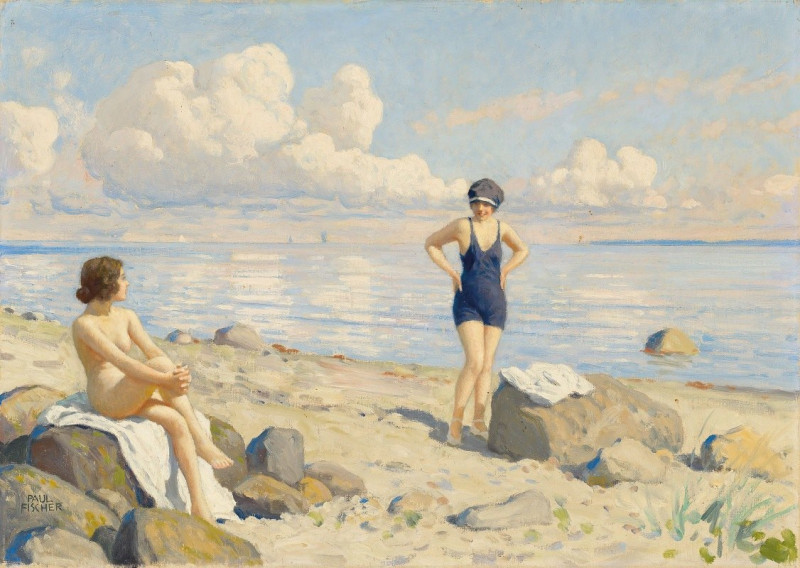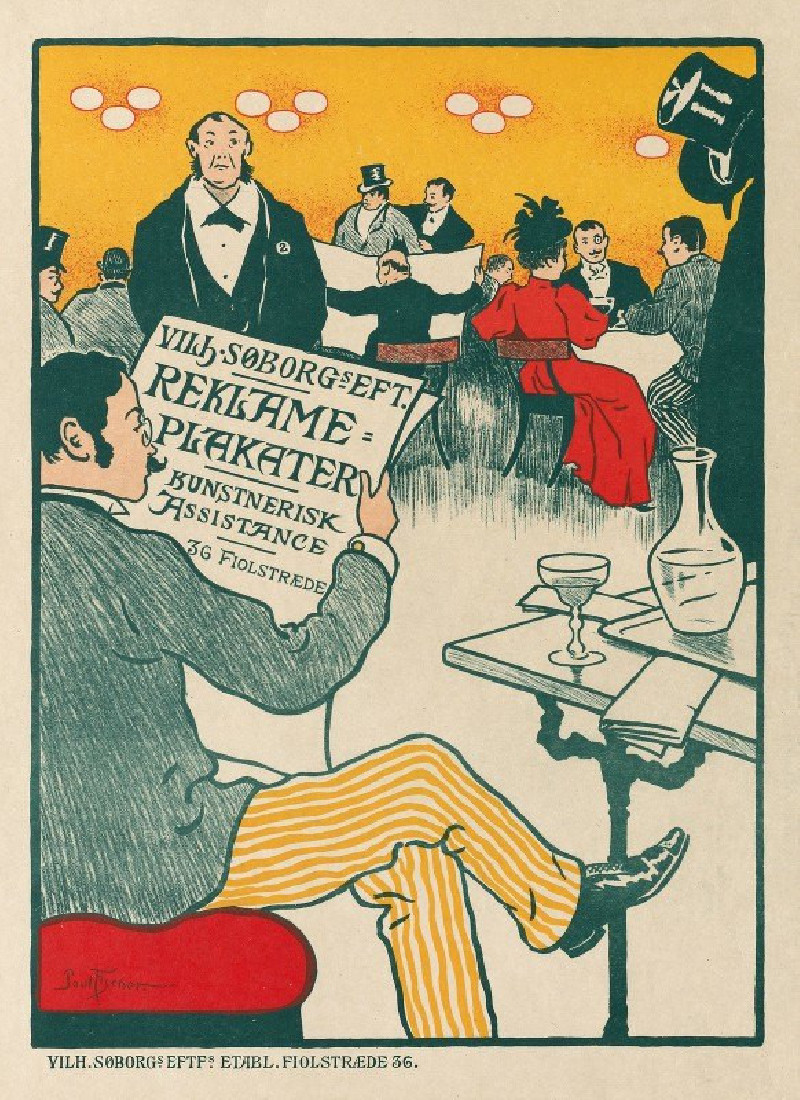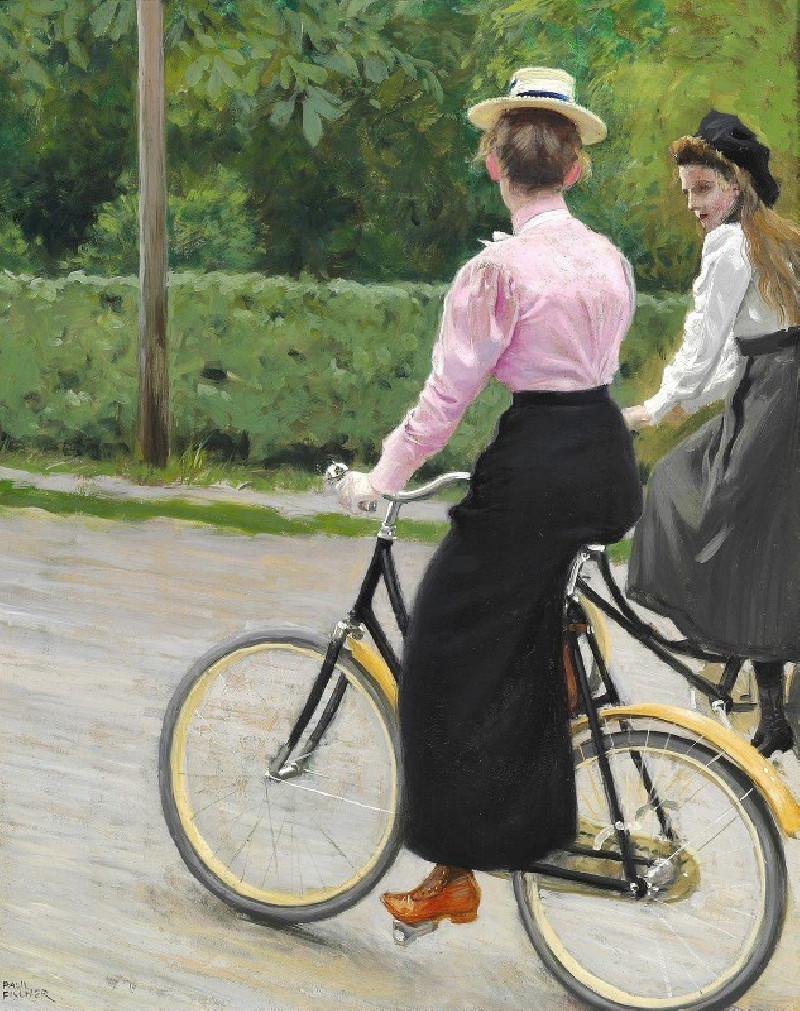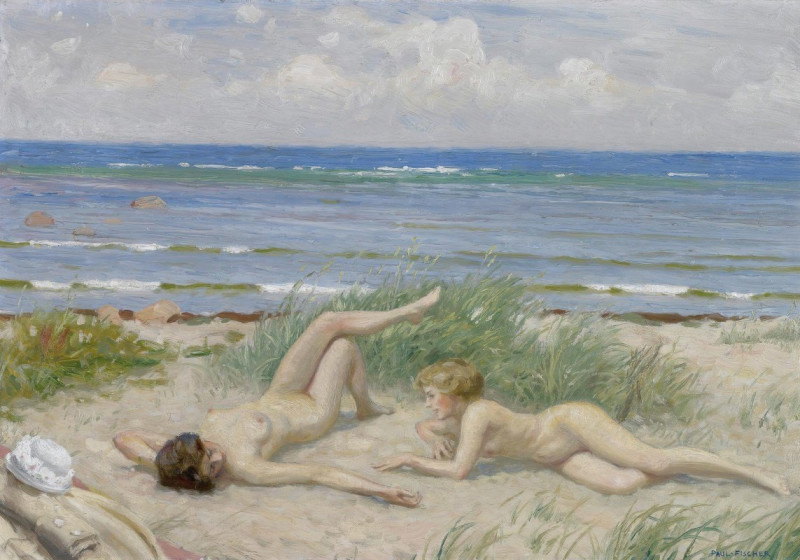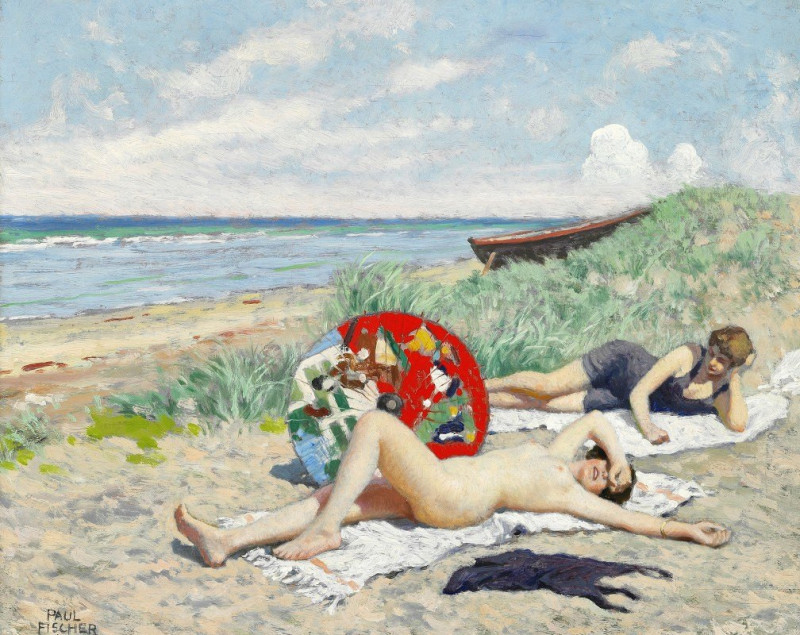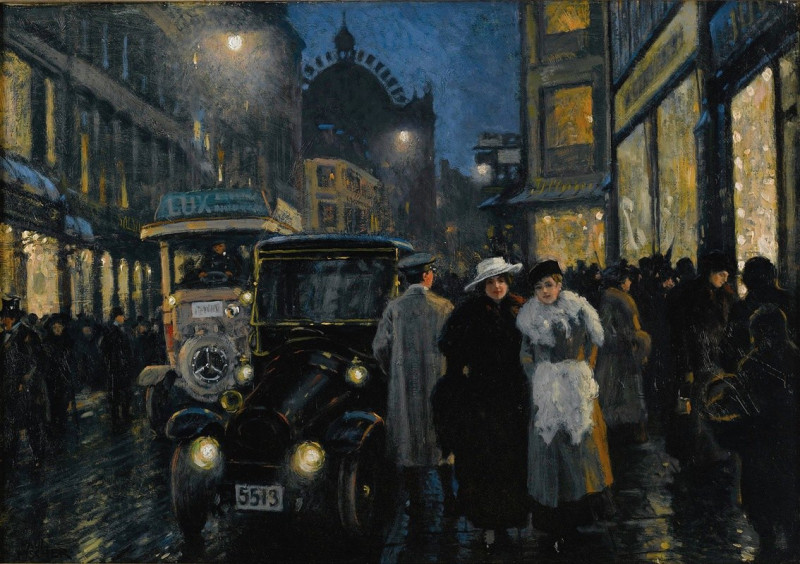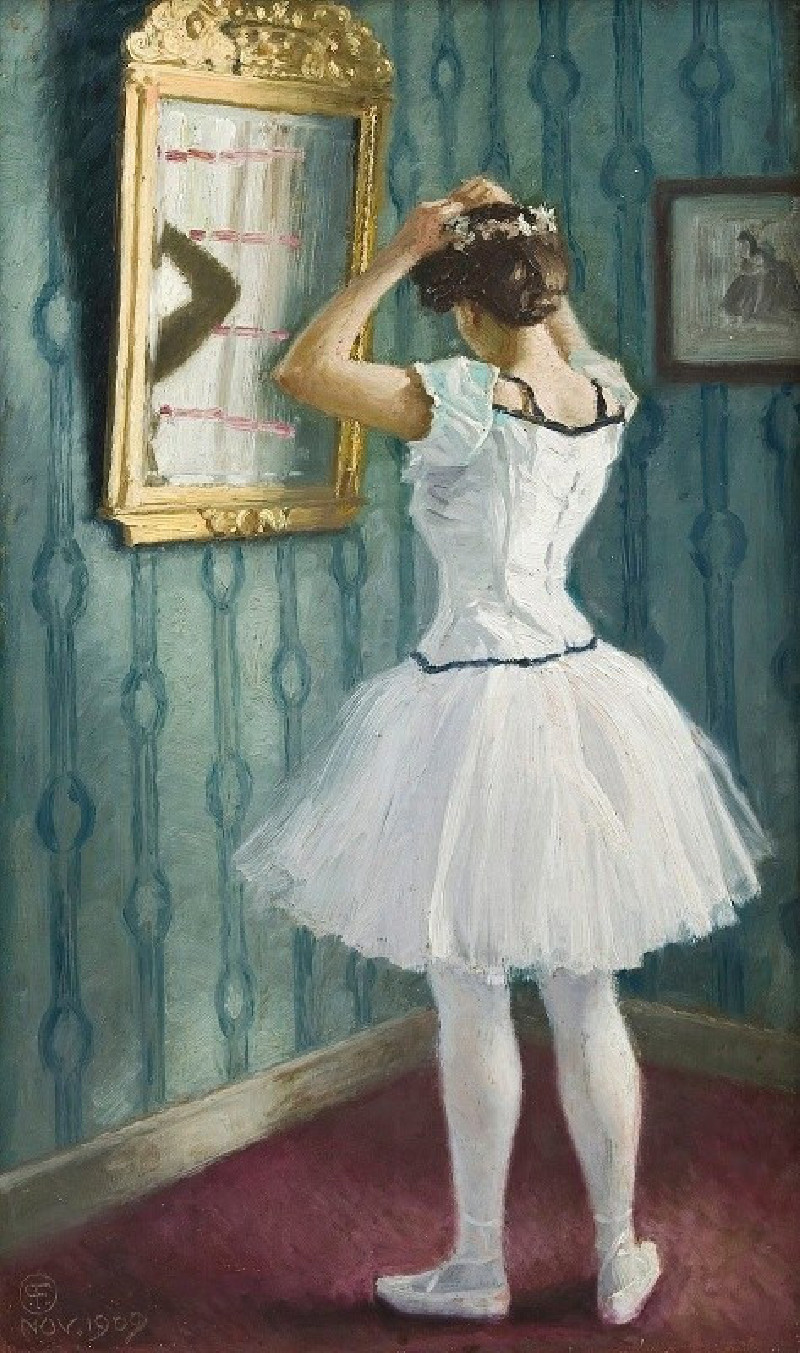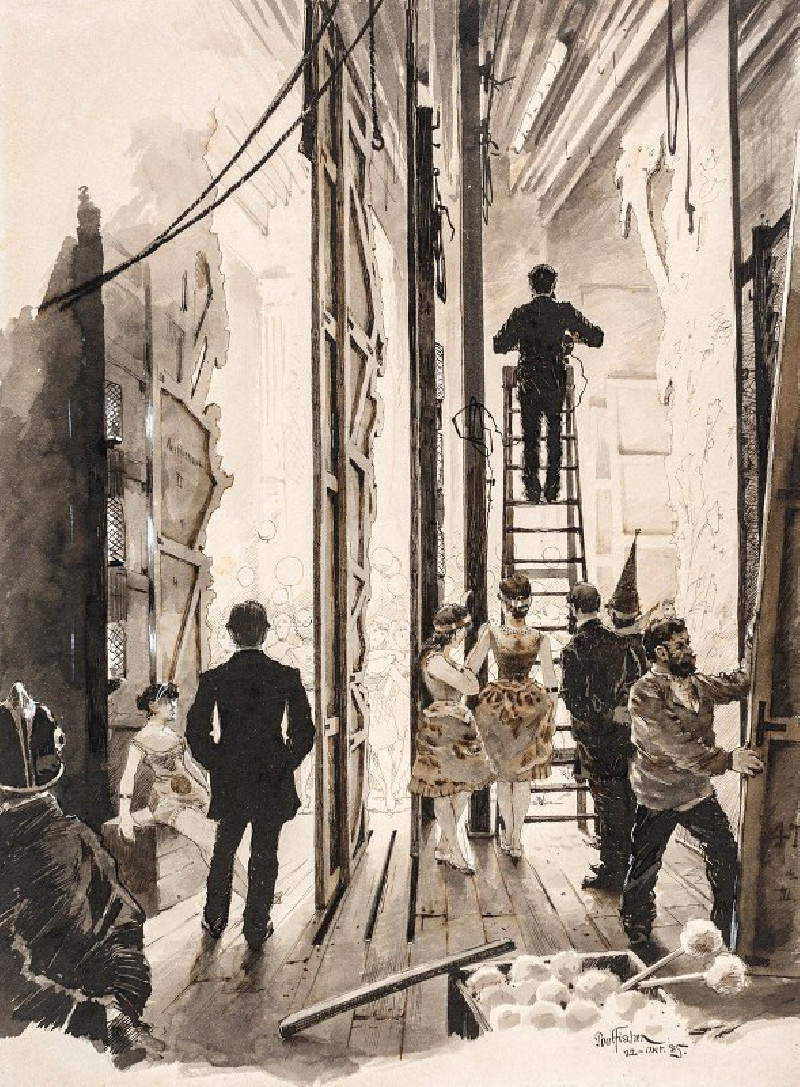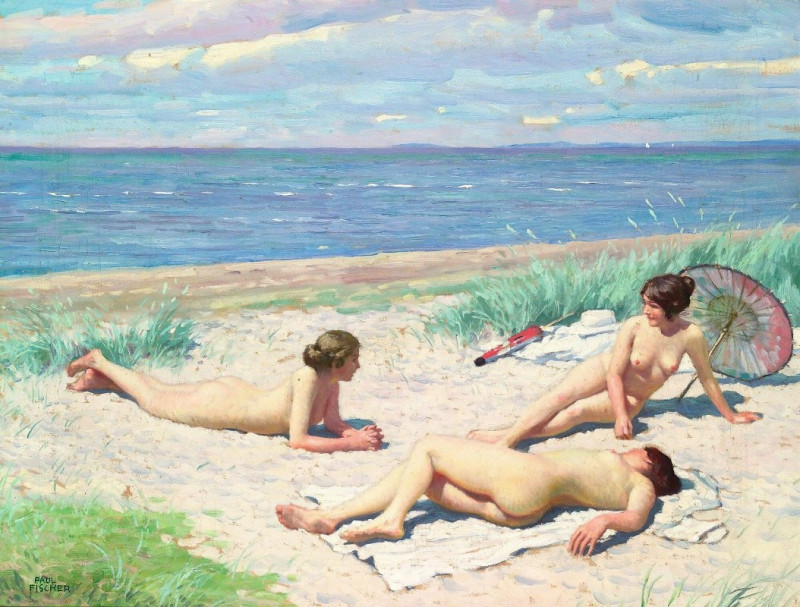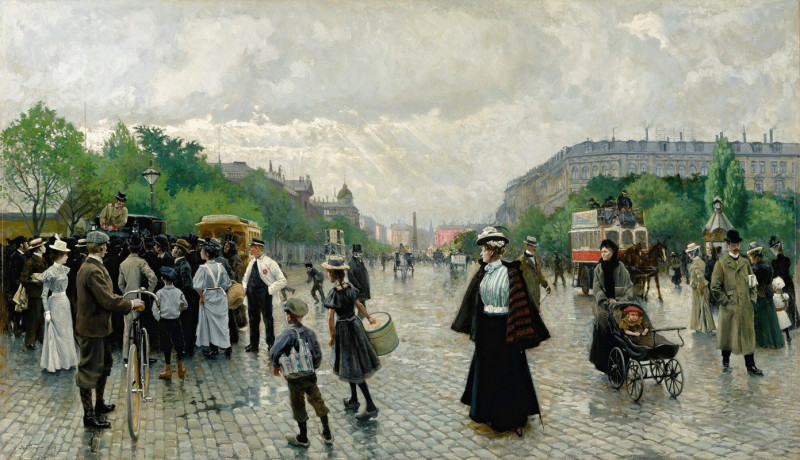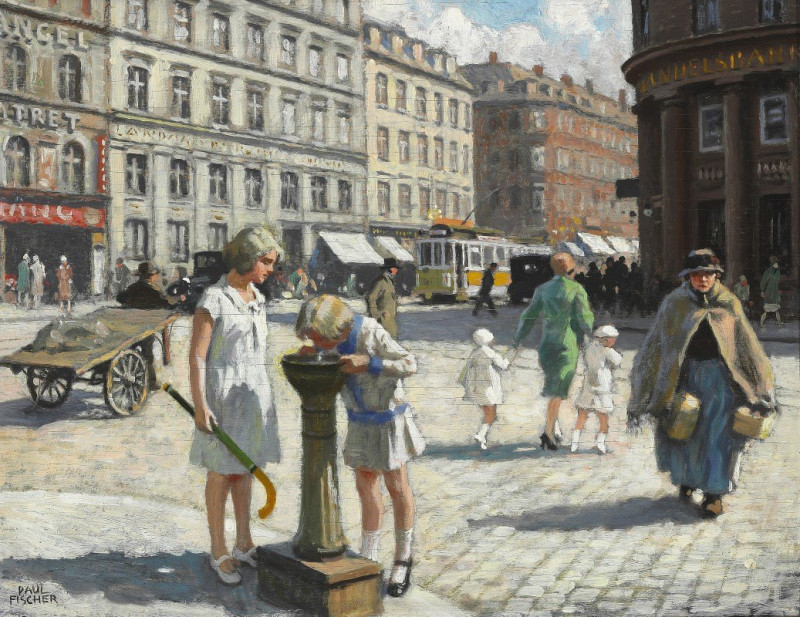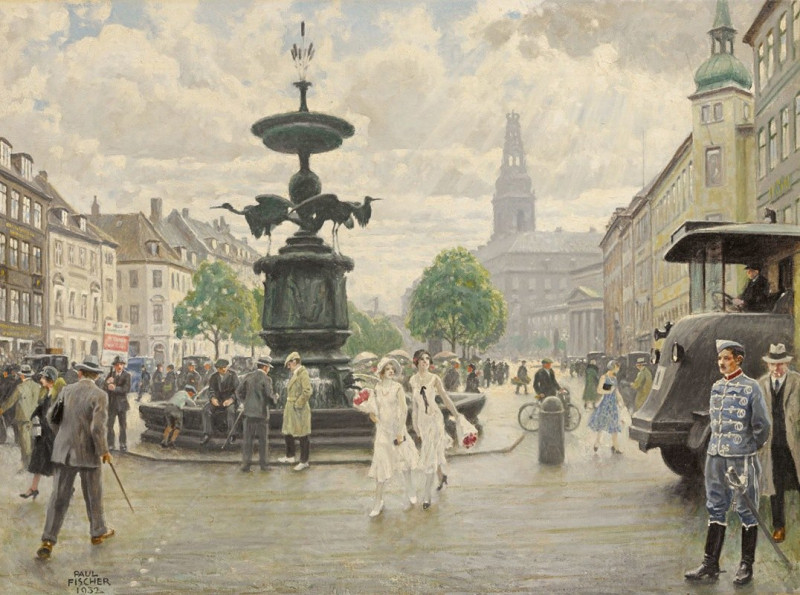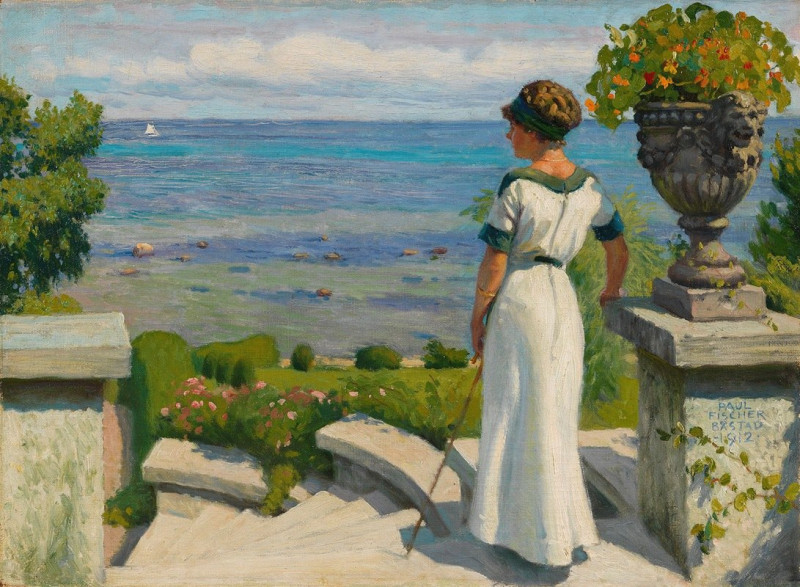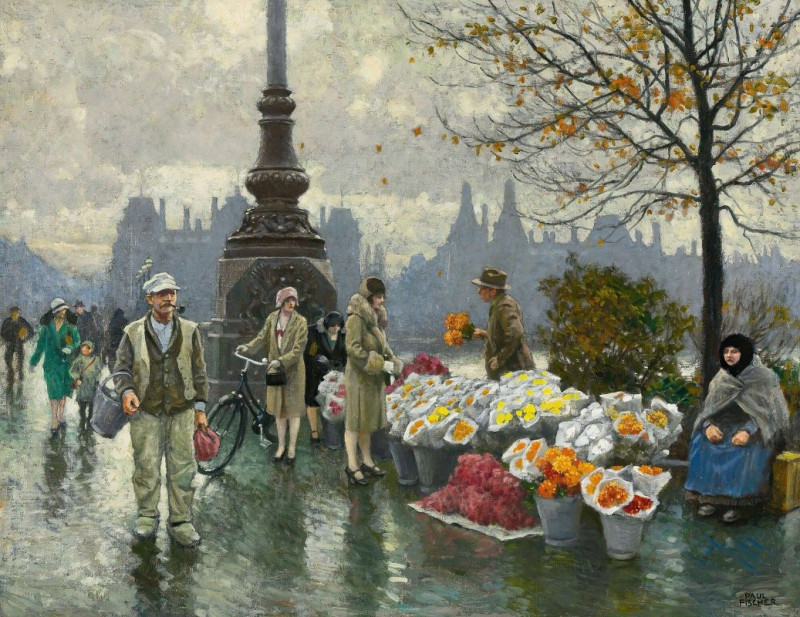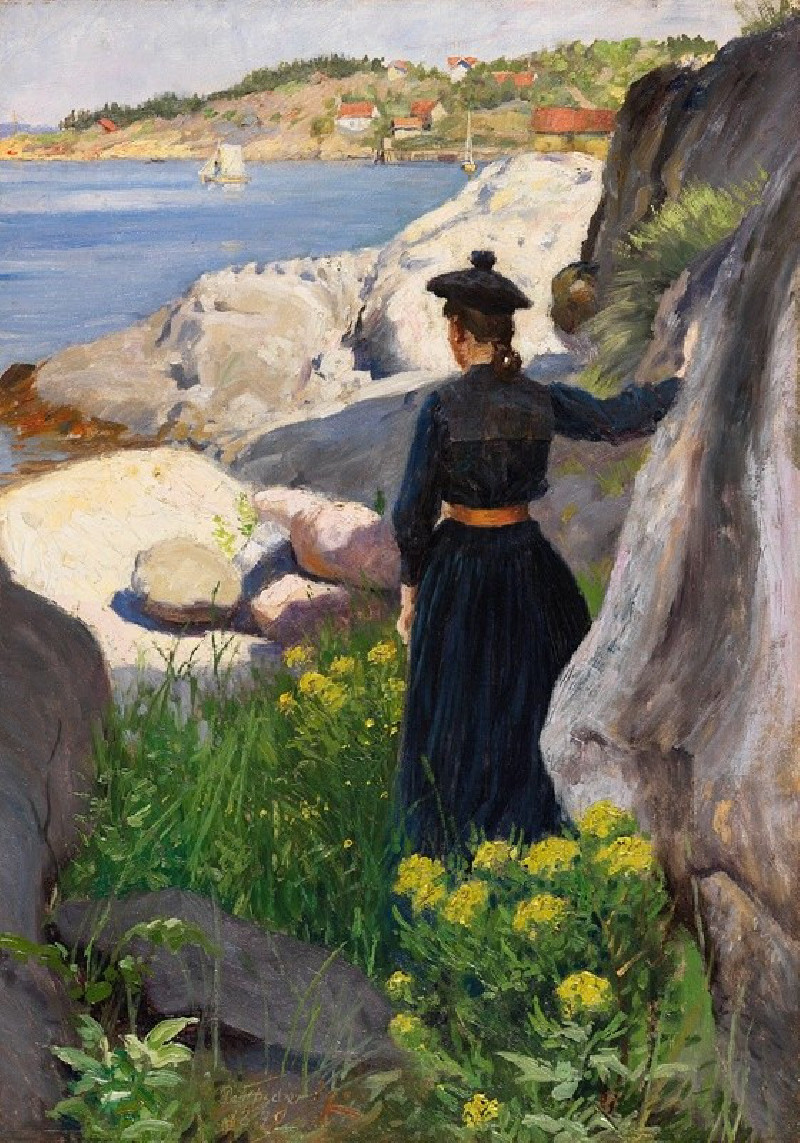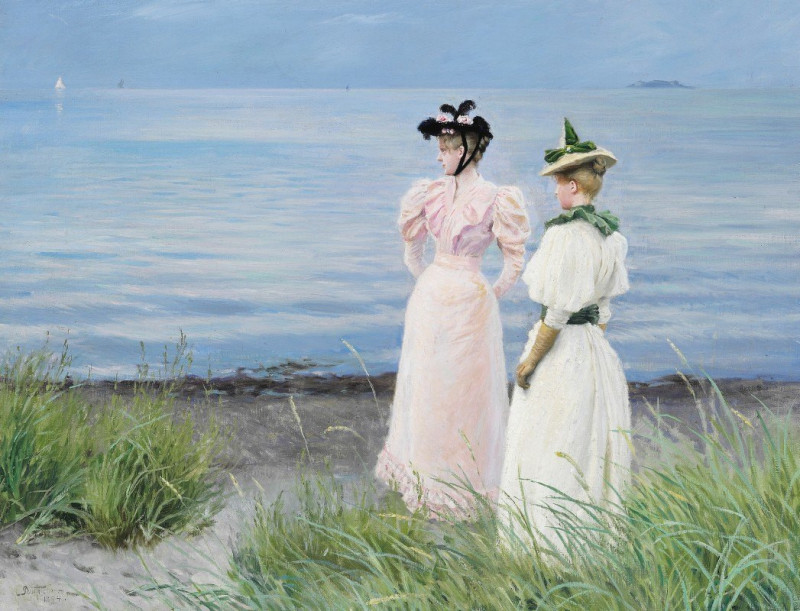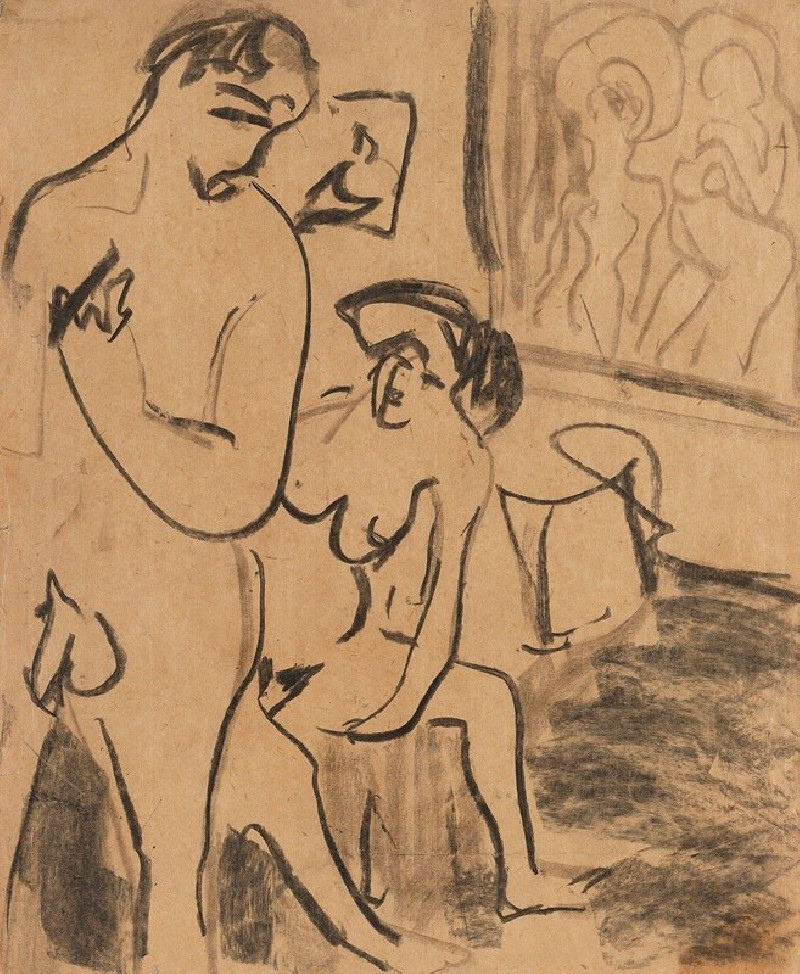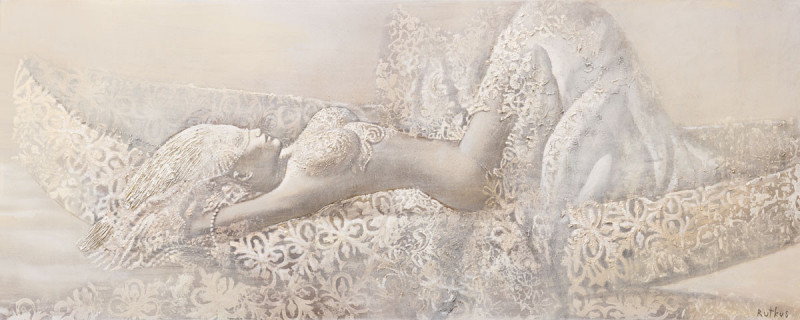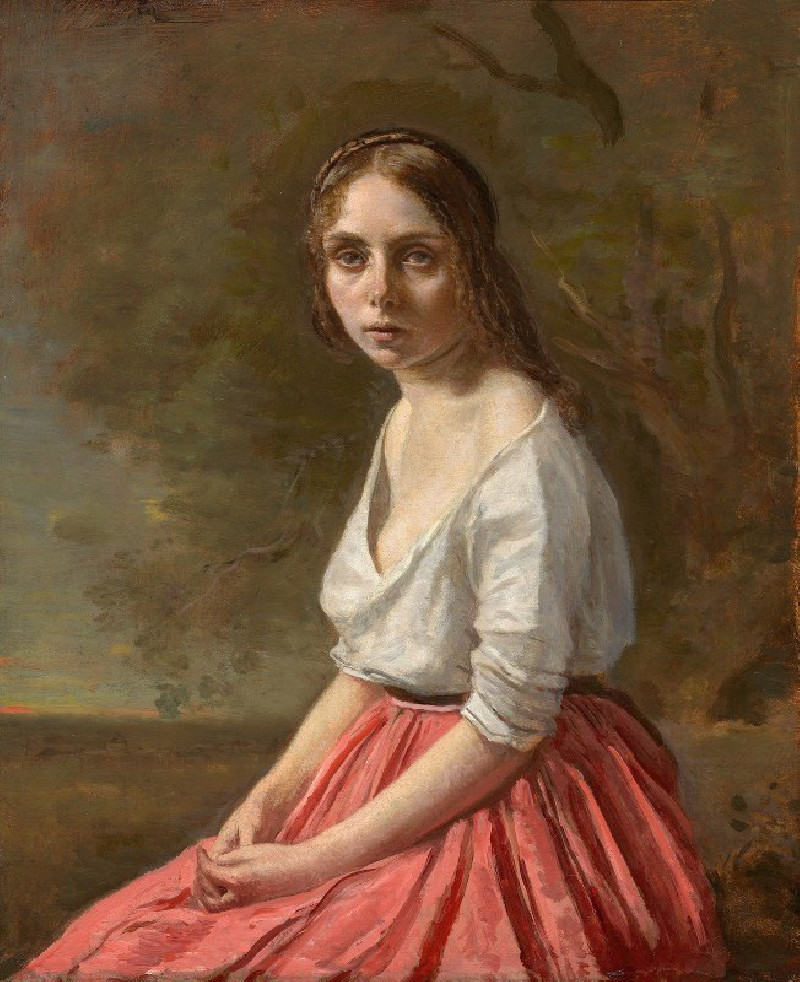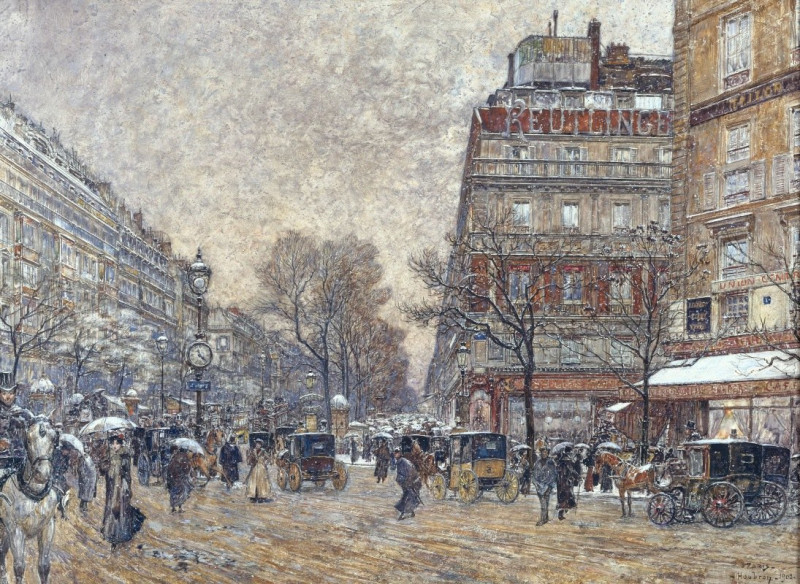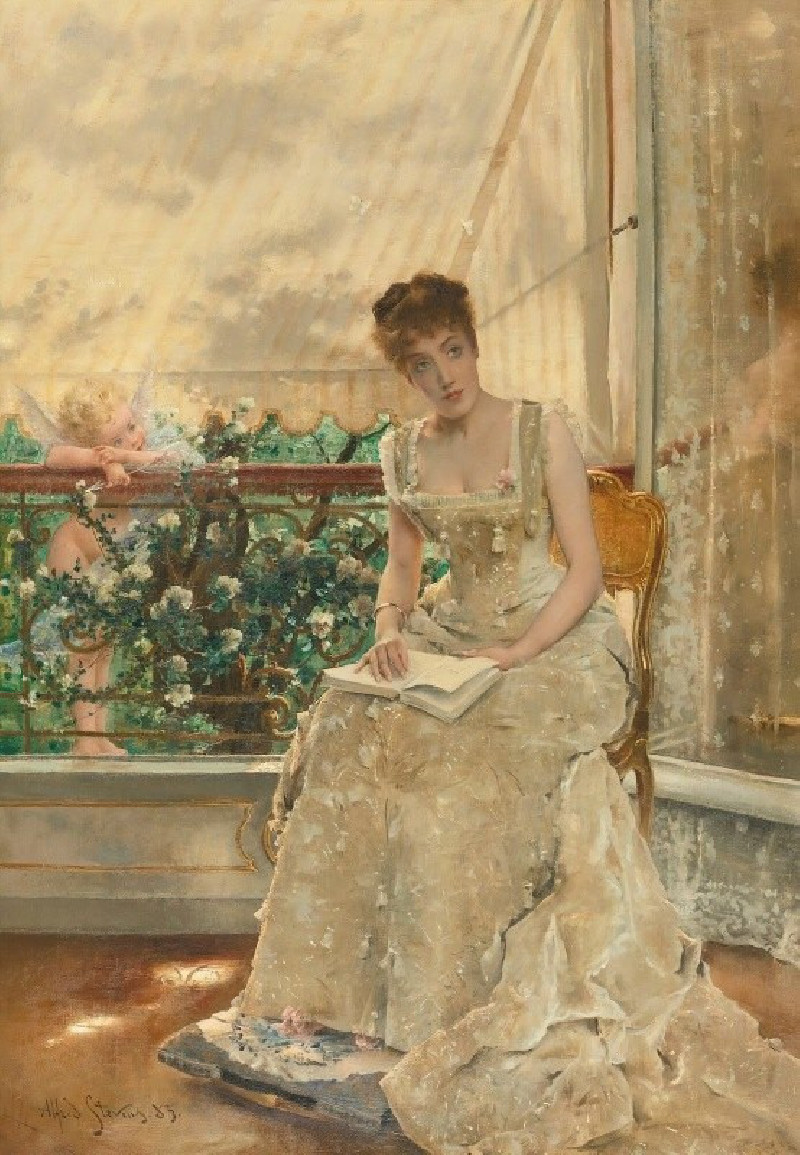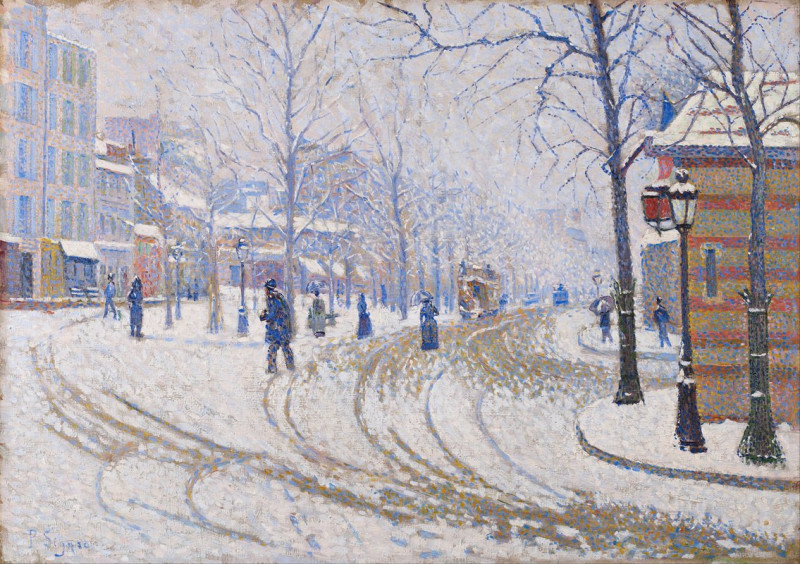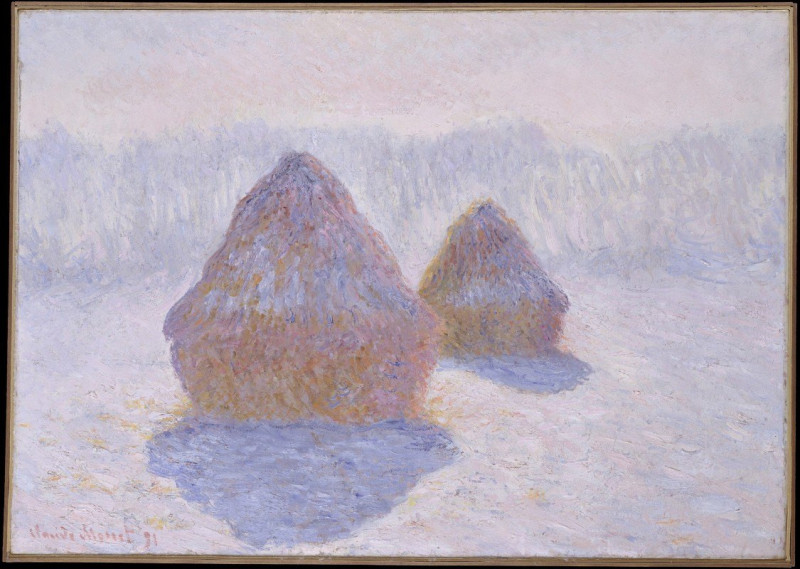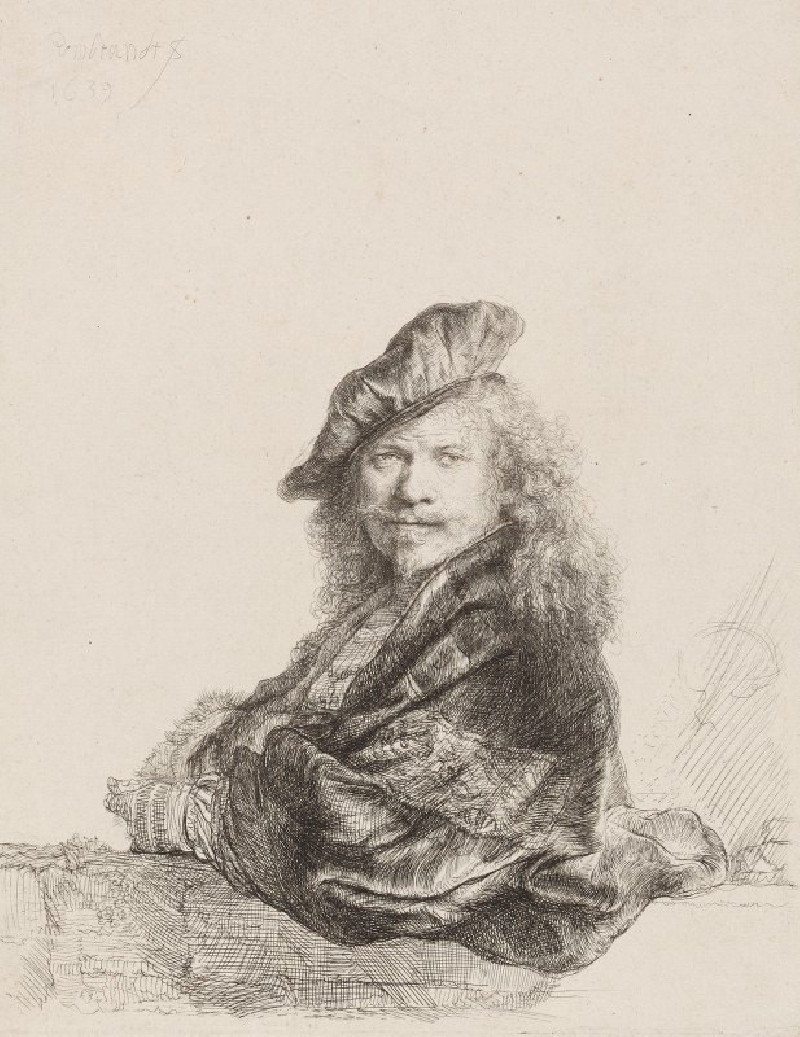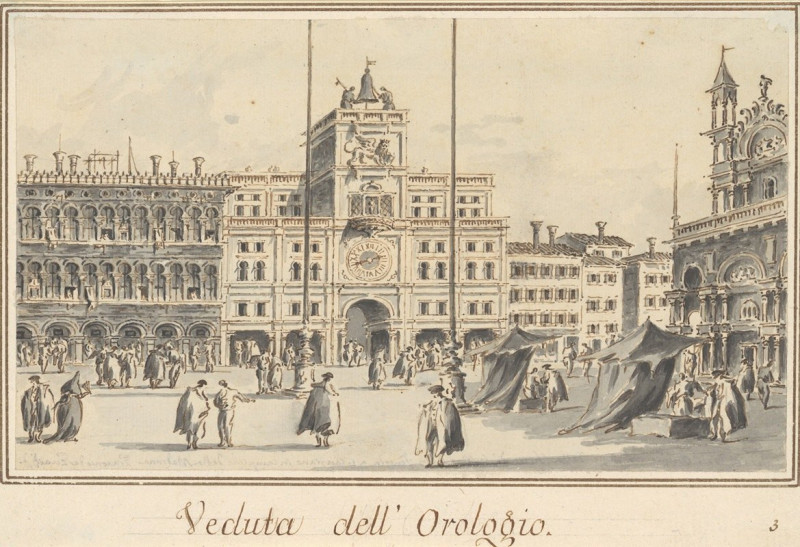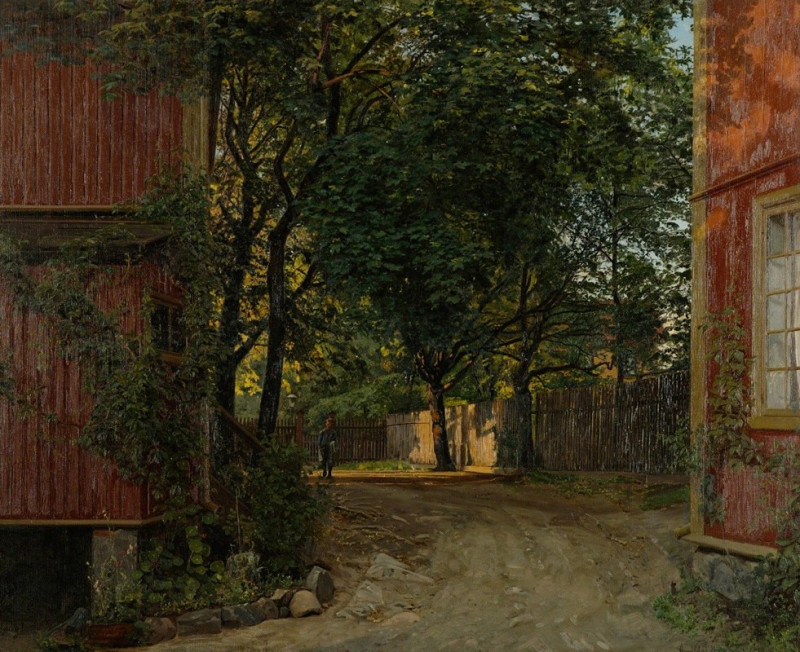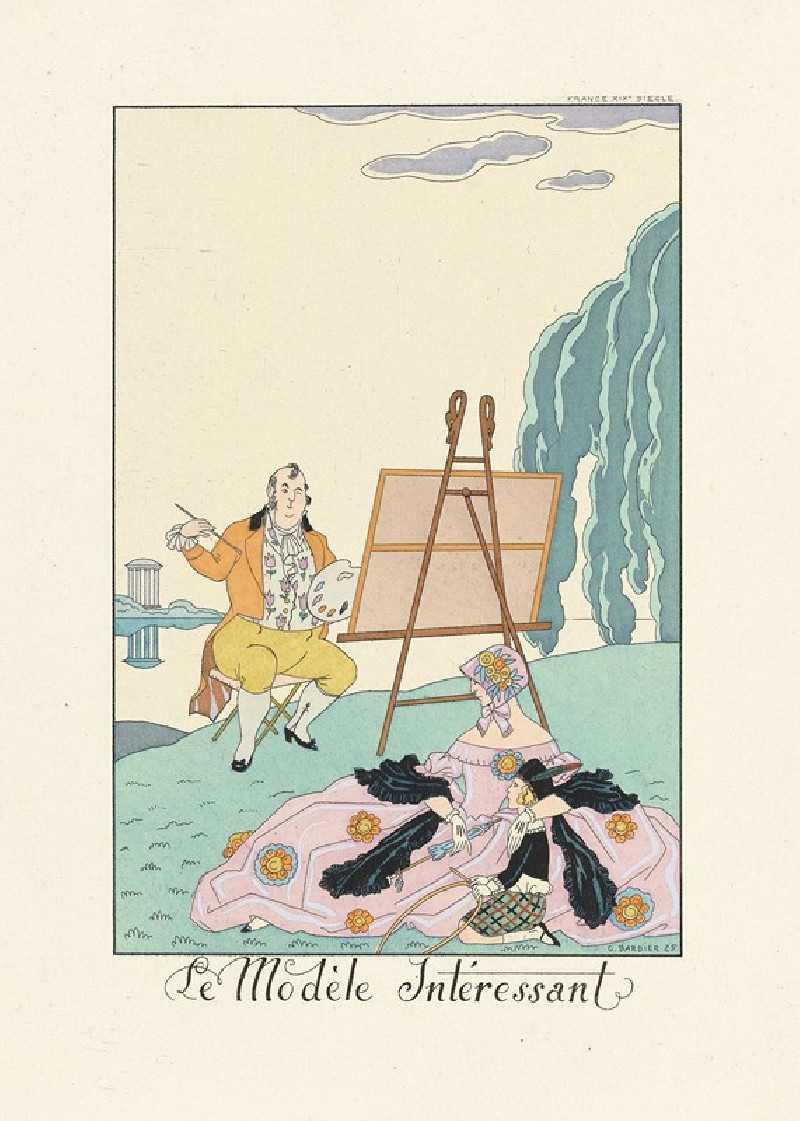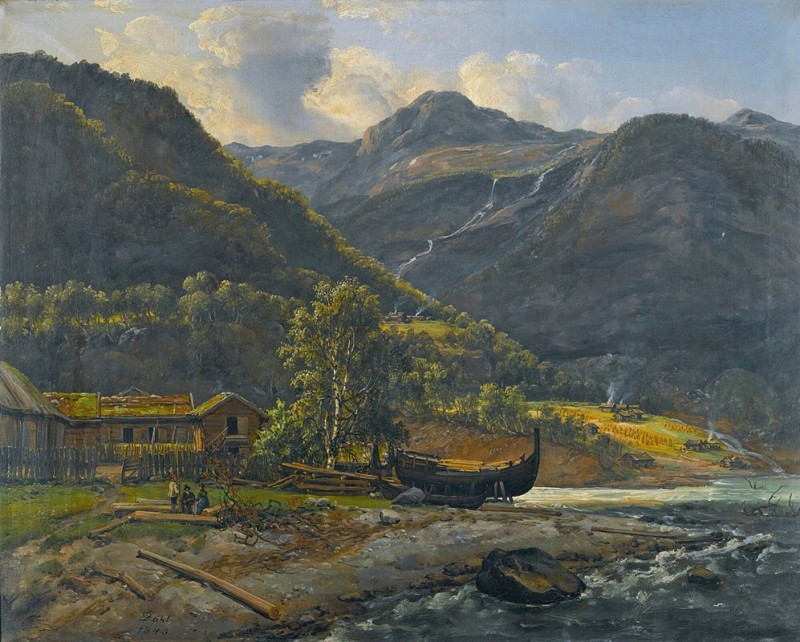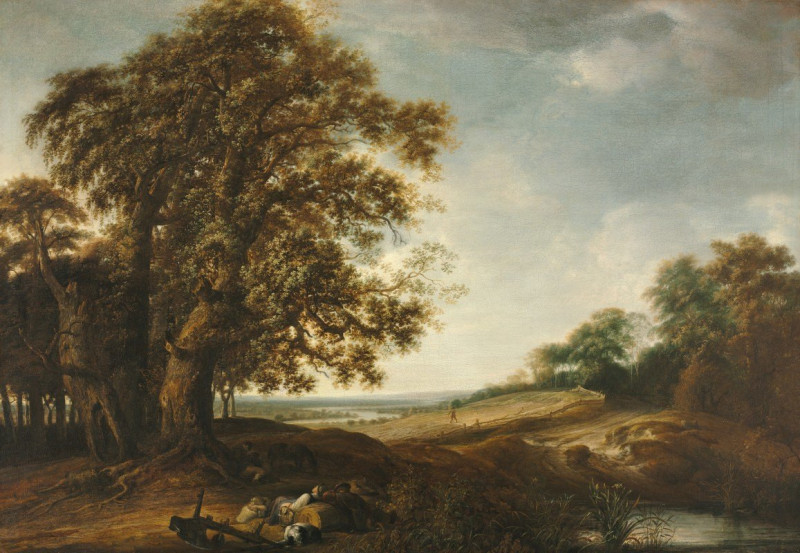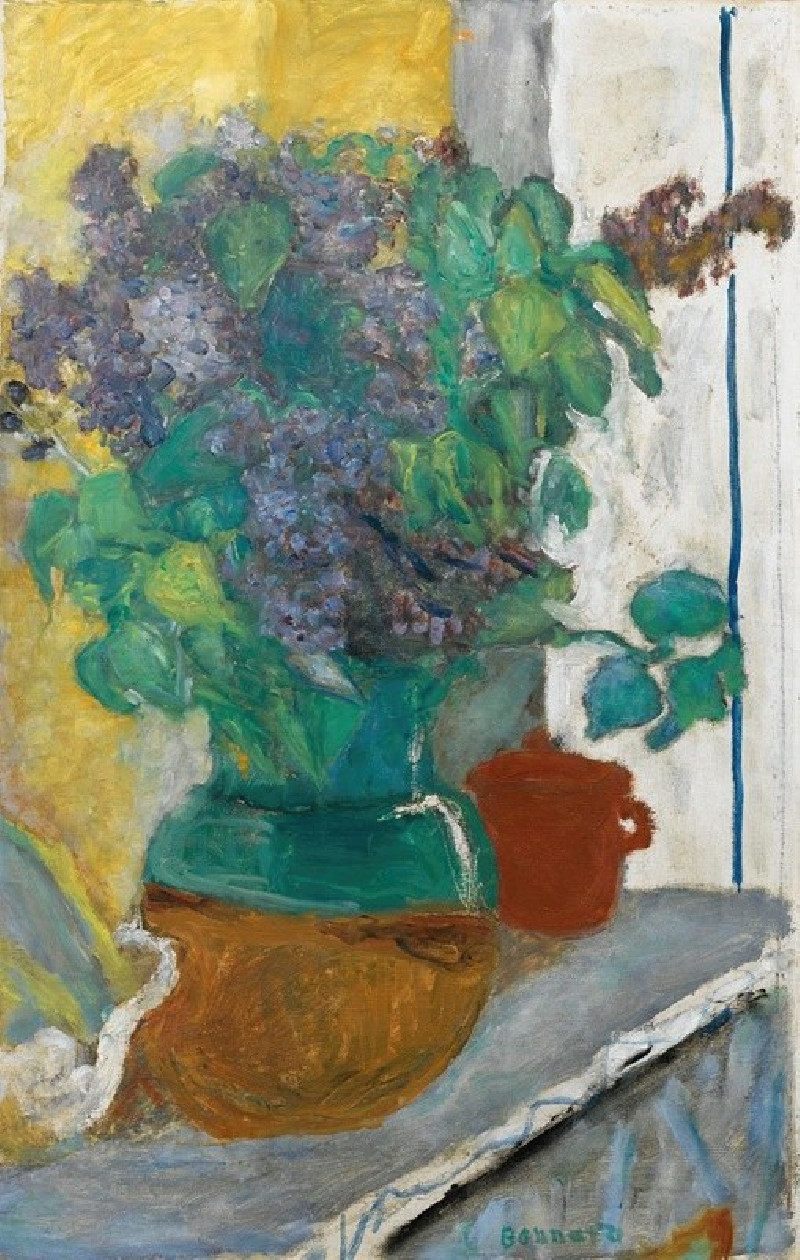Pige ved en brønd ud for et rødmalet svensk træhus
More about this artwork
Delivery
Reproductions are made to order and take 5 to 7 working days.
We send them out by courier and delivery takes another two working days.
If you need a reproduction sooner, please contact us - we can usually find a solution and produce it a little faster.
If you don't want to pay for postage, you can pick up your paintings at our galleries in Kaunas or Vilnius.
Returns
Yes, reproductions can be returned.
If you have any doubts more than 30 days after the date of purchase, please contact us - we will take the reproduction back for a refund or offer you a replacement!
We accept a maximum of two returns per customer - please note that we make reproductions to order, so please choose responsibly.
We do not refund shipping expenses.
Paul Gustav Fischer was a Danish painter.
Paul Fischer was born in Copenhagen, Denmark. He belonged to the fourth generation of a Jewish family which originally came from Poland. He was the son of Philip August Fischer (1817-1907) and Gustafva Albertina Svedgren (1827-83). The family was upper middle class; His father had started as a painter, but later succeeded in the business of manufacturing paints and lacquers.


